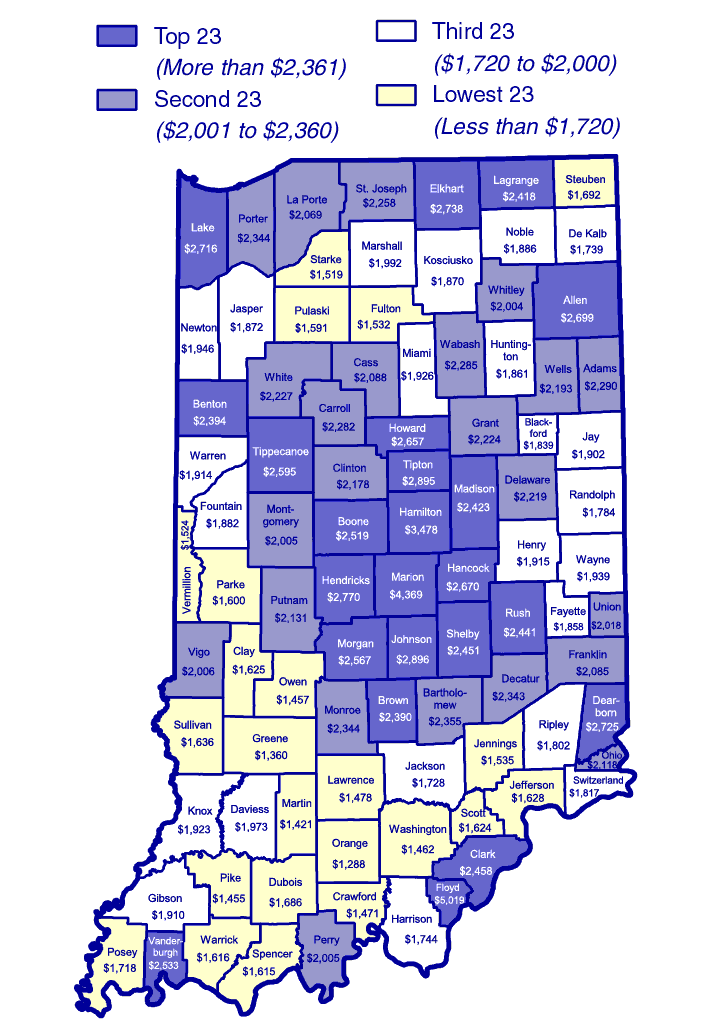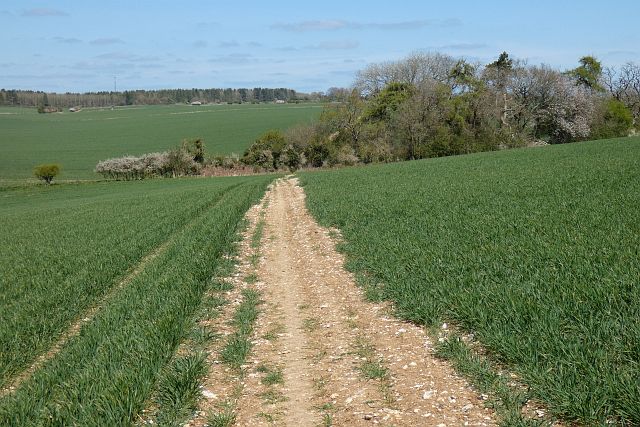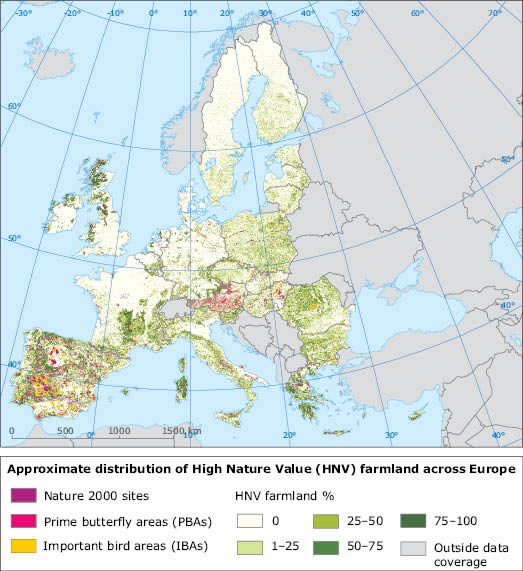Investing in farmland has emerged as a lucrative option for investors seeking stable and long-term returns. The value of farmland tends to appreciate over time, making it an attractive asset class for those looking to diversify their investment portfolios.
In this article, we will explore the concept of farmland investments and delve into the world of farmland investment platforms.
The Importance of Farmland Investments
Farmland investments are vital in today’s economy, providing numerous benefits to investors. With the increasing global population and demand for food, investing in agricultural land offers stability and strong returns.
It provides a stable cash flow through leasing to farmers or profit-sharing agreements, potential tax benefits, protection against inflation, and historically outperforms other assets. Additionally, farmland investments contribute to society by supporting agriculture and ensuring food security.
Overall, recognizing the importance of farmland investments allows investors to tap into a sector that offers financial gains and contributes to societal well-being.
Understanding Farmland Investment Platforms
Farmland investment platforms connect investors with farmers or farm management companies, offering opportunities in agricultural real estate through crowdfunding or direct investment. These platforms provide accessibility and convenience through user-friendly online interfaces and mobile apps.
Investors can diversify their portfolios by spreading investments across different farms and crops. The platforms handle administrative tasks like land acquisition and crop management, while also implementing risk management strategies to protect against unforeseen events.
Farmland investment platforms are an attractive option for those interested in the agricultural sector without extensive knowledge or experience.
Criteria for Choosing the Best Farmland Investment Platform
To make the best decision when investing in farmland, it’s important to consider several criteria when choosing an investment platform:
-
Transparency and Track Record: Look for platforms that provide transparent information about their operations, including details about the farms they invest in and a track record of successful projects.
-
Diversification Options: Choose a platform that offers a diverse range of farmland investments across different regions and crop types to mitigate risks.
-
Ease of Use and Accessibility: Opt for platforms with intuitive interfaces, easy-to-understand investment processes, and robust customer support for a seamless investing experience.
-
Risk Management Strategies: The best platforms implement risk management strategies such as insurance coverage or land value protection mechanisms to safeguard investor capital.
By carefully evaluating these criteria, investors can select a farmland investment platform that aligns with their individual needs and maximizes their chances of success.
Comparing Popular Farmland Investment Platforms
In this section, we will compare three well-known farmland investment platforms: Platform A, Platform B, and Platform C. Each platform has its own unique features, fees, and historical performance track records.
Platform A offers a wide range of investment opportunities in different regions and crop types. Users appreciate its robust customer support but mention slightly higher fees compared to other platforms. On average, investors have experienced consistent annual returns ranging from 6% to 8%.
Platform B focuses on sustainable agriculture projects with ethical farming practices. While it offers limited diversification options, it has delivered average annual returns of around 7% to 9%.
Platform C specializes in vineyards and orchards investments, particularly luxury crops like wine grapes or premium fruits. Investors can expect potentially higher returns but should also consider the higher risk associated with niche markets. Historically, this platform has generated average annual returns ranging from 8% to 10%.
These platforms differ in terms of diversification options, focus areas (crop types), fees charged by the platform or underlying projects, and historical performance track records. Investors should carefully evaluate these factors before making an informed decision.
In summary, when comparing popular farmland investment platforms, it is important to consider their unique features, fees, user reviews, and historical performance track records.
Platform A offers diversification and consistent returns while Platforms B and C cater to specific niches with varying levels of diversification and potential for higher returns.
Real-Life Experiences with Farmland Investments
In this section, we will explore real-life case studies of investors who have used farmland investment platforms. These stories provide valuable insights into their journeys, successes, challenges, and lessons learned.
Let’s start with Investor X, who diversified their portfolio by investing in multiple farms through Platform A. They enjoyed consistent returns but faced challenges during a drought season, highlighting the importance of managing farming risks.
Investor Y chose sustainable agriculture projects on Platform B. While they appreciated the platform’s eco-friendly practices, they learned the importance of conducting thorough due diligence before investing.
These case studies demonstrate the potential benefits of farmland investments – stable returns and unique challenges. By learning from real experiences, readers can make more informed decisions when selecting an investment platform.
In subsequent sections, we will further explore risk management strategies, market trends, and long-term growth potential to help readers navigate the world of farmland investments successfully.
Tips for Maximizing Returns on Farmland Investments
Investing in farmland requires strategic decision-making. To enhance investment performance, consider diversifying across different crop types and regions to minimize risk and capture opportunities. Regularly review and adjust your portfolio based on market trends.
Stay informed about agricultural regulations, emerging technologies, and market trends to make informed decisions. Recognize that farmland investments are long-term commitments that require patience for maximum returns.
By diversifying, staying proactive, and maintaining a long-term commitment, you can maximize returns on farmland investments.
Conclusion
Investing in farmland offers investors the opportunity to diversify their portfolios and achieve stable, long-term returns. By utilizing farmland investment platforms, individuals can access this asset class conveniently and efficiently.
Farmland investments provide portfolio diversification and show resilience during economic uncertainty. Investment platforms specializing in farmland offer convenient access to a wide range of agricultural properties and streamline the investment process.
Exploring farmland investment platforms is beneficial for both seasoned investors and those just starting their investment journey. These platforms not only provide convenience and efficiency but also support sustainable agriculture practices and local farming communities.
Investing in farmland contributes to global food security while offering long-term financial stability. Start exploring these opportunities today to maximize your returns through strategic investing.
| Benefits of Farmland Investments | Benefits of Investment Platforms |
|---|---|
| Diversification | Convenient access |
| Stable, long-term returns | Efficient process |
| Resilience | Expert management |
| Sustainable agriculture | Support for communities |
| Global food security | Strategic investing |
Key Points
Investing in farmland offers stable cash flow, tax benefits, and protection against inflation. Farmland investment platforms connect investors with agricultural opportunities, with factors such as transparency, diversification options, ease of use, and risk management strategies being crucial when choosing a platform.
Top-rated platforms like FarmTogether, AcreTrader, and Harvest Returns have unique features, fees, and performance track records. Real-life case studies highlight the benefits and challenges of investing in farmland.
Maximizing returns on farmland investments requires diversification, portfolio review, market knowledge, long-term commitment, and patience.
[lyte id=’tlXFnShBbXw’]






